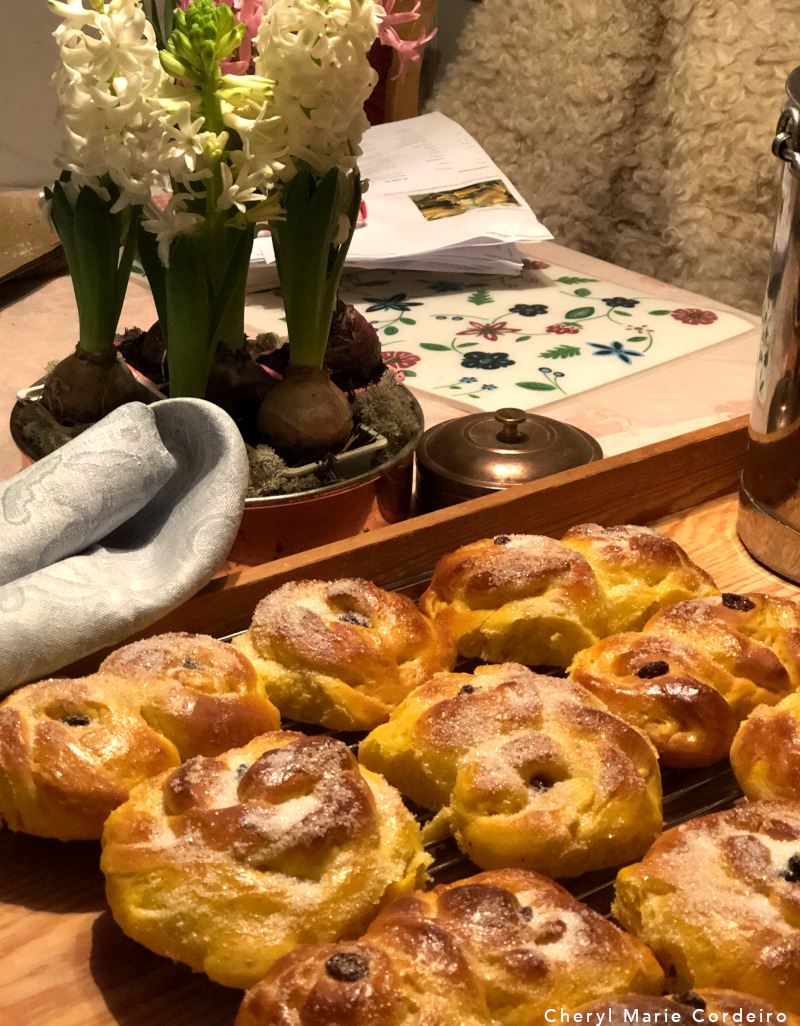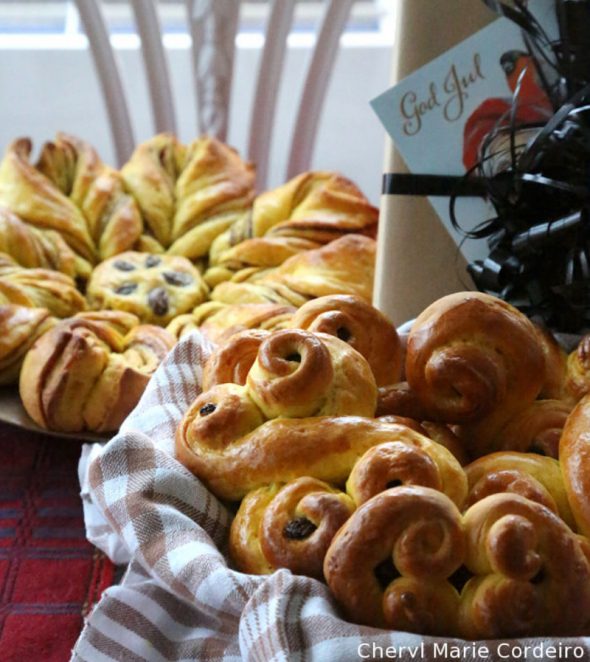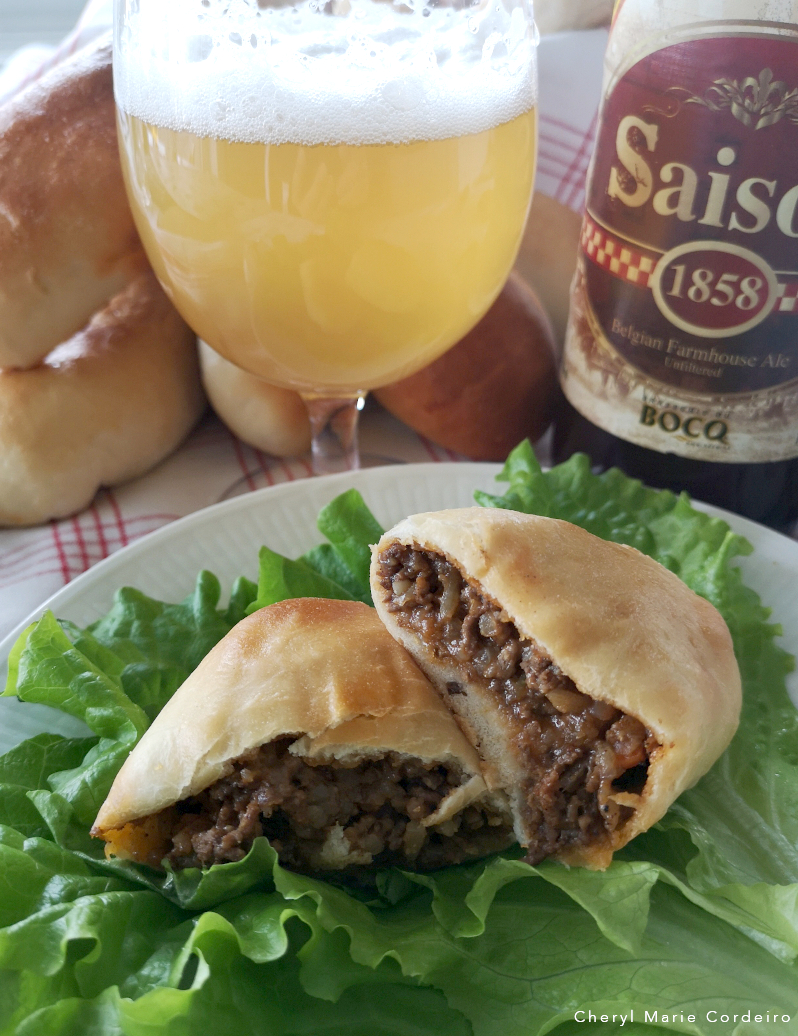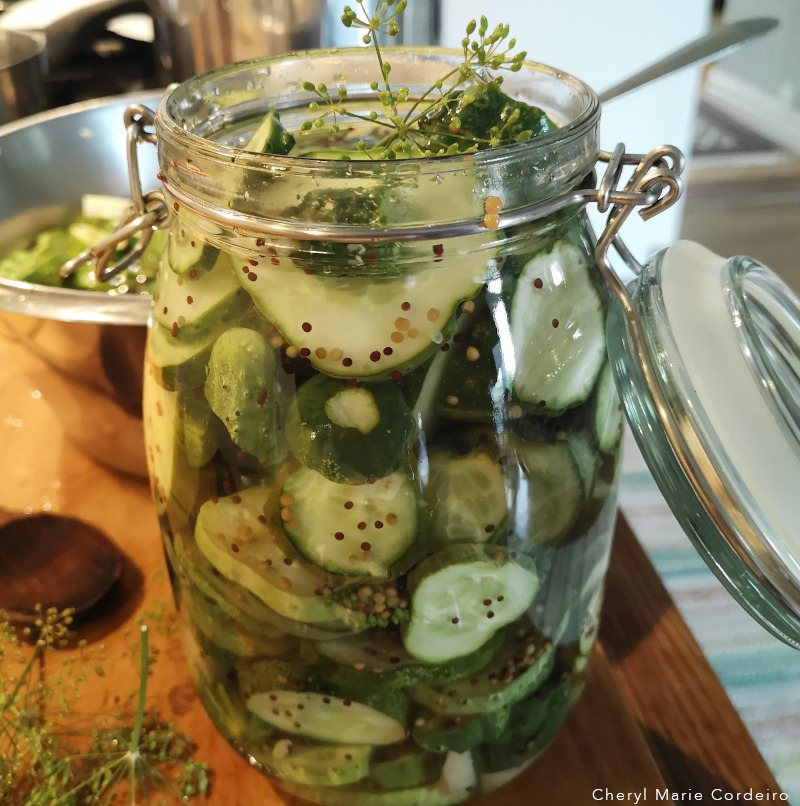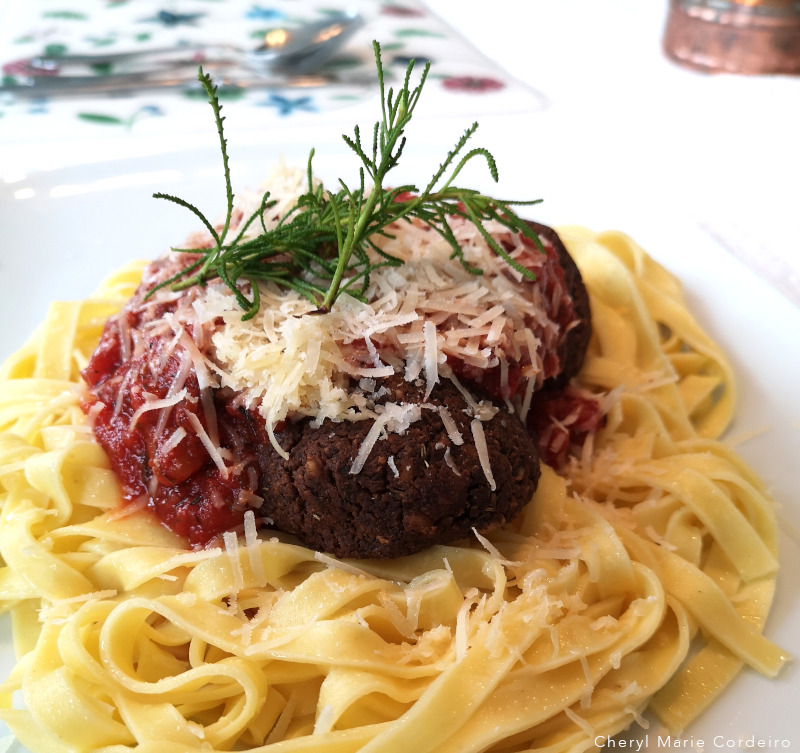Saffron brioche, a Lussekatter variation.
Text & Photo © CM Cordeiro & JE Nilsson 2020
In recent years, there has been a proliferation of brioche to be found in the baked confections section of Swedish grocery shops. These new bakes were certainly Instagram worthy, sitting in neat rows on the display counter. I loved how they looked and most of all, the confectionary section of the shop drew crowds from the dofting aromas of combined caramelized sugar and butter.
Cafés got around into producing brioche bakes too. Popular variations of brioche that can be found in Swedish cafés include kanelbullar brioche, and chocolate pull-apart loaves. Sold on the idea of brioche, one advantage of starting Christmas bakes early is that you get to experiment with variations of recipes and styles to the confection. In this case, my interest for Lussekatter haven´t waned, so I tried a brioche version of these saffron buns.
